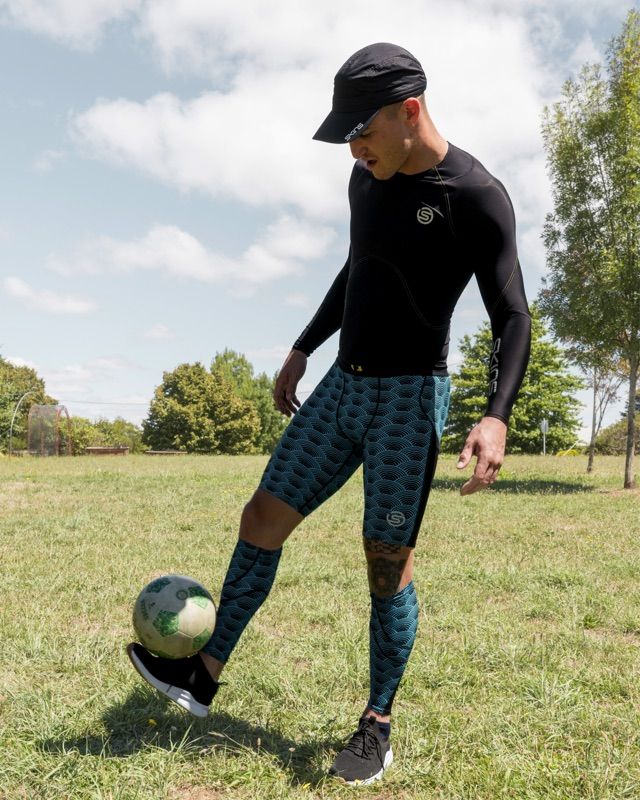SPEED SESSIONS

SPEED SESSIONS
SKINS Head Running Coach, Joshua, discusses different types of Speed Sessions and explains why incorporating them into your training is key.


Speed sessions are a key element of any training week, and they're not just for people who run fast. Putting this type of training into your week helps you increase your leg speed or turnover. In addition, it helps your body increase some of its maximal capabilities and pushes your mental capabilities. When implementing speed sessions into your training, there are many different types of sessions to choose from, including Fartlek, Speed Endurance, Hills, and a blend of all three.
FARTLEK SPEED SESSIONS
Fartlek is a term that dates back to the Scandinavian runners of the 1920s. It translates to 'speed play', and in practice, it means varying the speeds that you run at to stimulate a response in the different energy systems. The movement between anaerobic and aerobic contribution helps the body become more adapted and dealing with processing lactate accumulation out of the muscles. This is especially useful when you have to push out of corners or get up small hills. Fartlek training can be as advanced or basic as you like, making it a versatile training style that you can use, no matter what your current fitness is.
SPEED ENDURANCE INTERVALS
Speed endurance intervals are a little more of an advanced type of interval training. This is where you would structure sessions such as 5 repetitions of 3mins at a certain pace before a period of recovery. These sessions really challenge your maximal physiological characteristics and help you specifically prepare for targeted events. Hill sessions are slightly less specific in terms of pace run, but the benefits are still great for your running. Your body has to work in overdrive to push against the gradient, which in turn helps you improve your power and speed. The gradient also enables you to improve some technical elements of your running.
MENTAL BENEFITS
What makes the difference with intervals is the mental benefits you gain from completing these sessions. Interval training puts your body and mind into difficult situations where you learn how to push your body and, more importantly, how this feels. These kinds of situations are what you can call upon during races to keep going when the pace starts to hurt. Many runners see this as a really scary thing that they don't like, but we would argue the opposite. These intervals provide an excellent opportunity to challenge yourself mentally and see what happens. The paces/distance ran are almost a secondary goal because if you can consistently put yourself in challenging situations and keep going, this will make the difference when things get really tough in your races.
One more important thing to add is it's important to consider when you structure intervals into your training plan. These sessions cause a lot of fatigue both mentally and physically, so it is always best to leave at least 48-72 hours between finishing intervals and your next hard structured intervals workout. I would also make sure you haven't done a hard run or long run in the 48hrs before the session to get the most out of it.


SPEED SESSION EXAMPLES
SPEED SESSION 1
3*3mins off 90secs jog rec, 4*2mins off 60secs jog rec, 5*1min off 45secs jog rec. Extra 90secs rec between sets, i.e., after the last 3 min rep, you get 3mins rec, 2.5 mins after the previous two etc.
The reps in this session should be at a 5km pace or faster. The recoveries between the sets are nice and generous, which means you can get rolling.
SPEED SESSION 2
4mins, 2mins jog rec, 4*60secs on 60secs off. Repeat 2x 3mins between jog recovery sets. Then 90secs hard to finish after the second 3min jog rec. 4mins @5km pace, 60secs @ Faster than 5km pace.
This session is a fan favourite. You really learn how to put down a solid pace in the 4mins and how to increase the pace when feeling tired in the 60sec reps.















